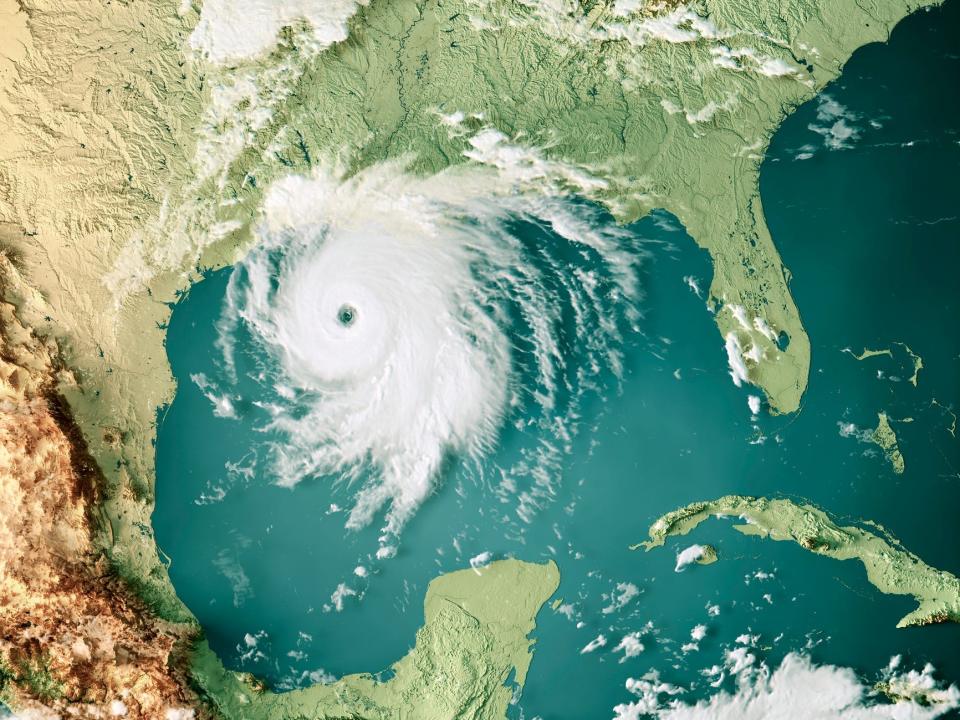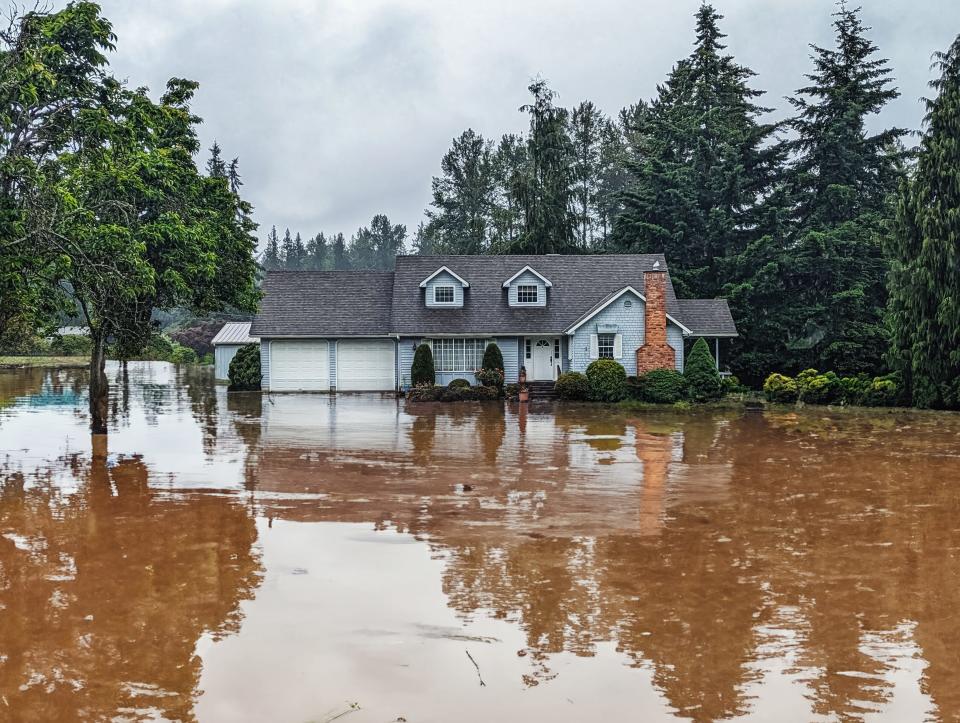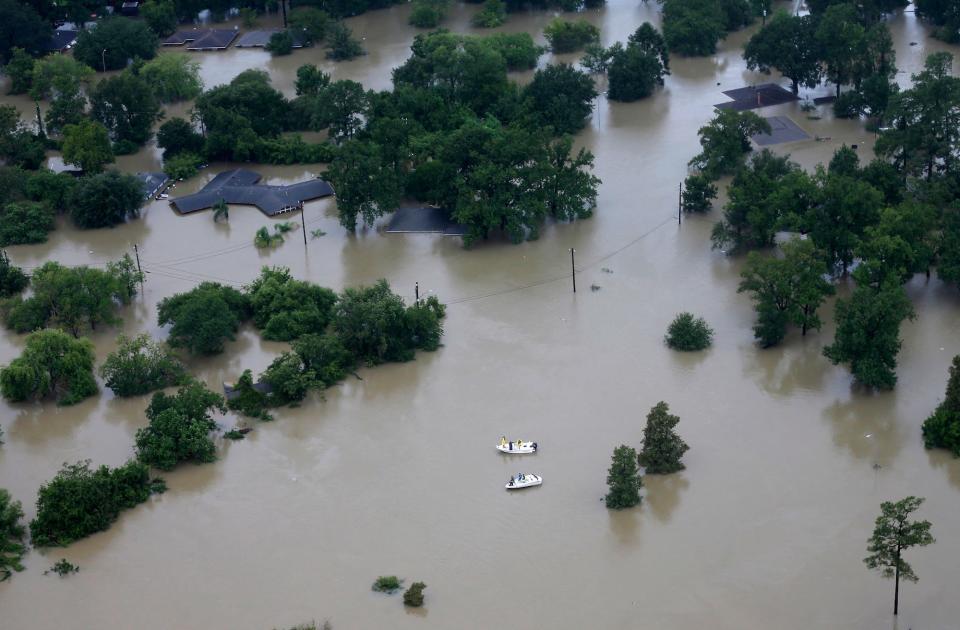-
Stronger hurricanes are growing more frequently and causing more damage to US coastal cities.
-
As a coastal engineer, Jens Figlus works to protect coastlines from these threats.
-
He lives in Texas, which was devastated by Hurricane Harvey. But his home was safe because it is located 16 feet above sea level.
Jens Figlus vividly remembers the day the hurricane-driven floods came into his neighborhood.
“People across the street were airlifted off their roofs by helicopters,” he said. But Figlus, his family, and his property were unharmed.
“We were basically sitting in the living room with power, internet, everything — watching boats go by in our street,” he told Business Insider.
Although this scene is from 2017, when Hurricane Harvey tore through Texas and Louisiana killing more than 100 people, Figlus’ determination to save his family and property is more relevant than ever this year.
2024 may be the worst hurricane season ever

A coastal engineer at Texas A&M University, Figlus is an expert on flooding. He is well aware that climate change is driving sea level rise and making dangerous storms like Hurricane Harvey more common. And it looks like it could be especially bad this year.
This week, the National Oceanic and Atmospheric Administration released its first hurricane forecast for this year’s season. An unprecedented number of 17 to 25 named storms are forecast to ravage the North Atlantic this hurricane season, making landfall in the US. Other scientists from the University of Pennsylvania predicted an even higher number – 33 named storms – in April, which is the highest number of storms ever predicted.
Overall, the data suggests that 2024 could be one of the worst hurricane seasons on record. Meanwhile, another team of scientists argued earlier this year that we need to add a Category 6 to the Saffir-Simpson Hurricane Wind Scale to account for the increasing intensity of hurricanes and better inform people about their future.
Coastal cities, like Houston, are particularly vulnerable. Additionally, Houston is one of the fastest growing cities in the United States. Between 2022 and 2023, Houston had the second-largest population growth in the nation, welcoming about 140,000 new residents, according to the US Census Bureau.


“People who move to this area tend not to be aware of the types of hazards they’re facing – the flooding, mainly,” said Figlus of Houston.
During Harvey, the development where Figlus lives was “locked out from the rest of civilization for five days, just because of flood waters,” he said. “But not my house.”
What is the secret of Figlus? “The importance is up,” he said. Figlus and his family live on a ridge that is 16 feet above sea level. That’s the highest point in their development, he said. Due to their elevation, the flood waters could not reach them.
He knew that living in the greater Houston area meant that his family’s home would be at risk of flooding, but because of his work, he has to live near the coast. It is 25 miles north of the Gulf Coast, and 10 miles west of Galveston Bay.
That’s why promotion was an important factor in his home buying process. But you don’t need to be a coastal engineer to make an informed choice when shopping for a home in a flood zone.
How to assess flood risk


When shopping for homes in a flood-prone area, like the greater Houston area, it’s often up to homebuyers to weigh the risk, Figlus said.
“The risk may not be disclosed to the home buyer,” he said. “And the developer has no incentive to say to people, ‘Here’s the risk, let me lay it out for you.’
Even with more frequent and severe skyscrapers facing Texas, Figlus doesn’t expect developers to stop building homes in high-risk areas. He also doesn’t expect fewer people to move to Texas despite increased flooding.
He just hopes that potential buyers will try to make informed decisions about where they live, like he did.
“If you spend a little time, you can really make some smart decisions related to the flood hazards,” said Figlus.


A good place to start is to ask the seller about the history of flooding in the area. If you need more information, use the FEMA Flood Map Service Center to search for the address of your potential new home. This online service provides a detailed breakdown of flood risk in a given area.
You may also consider purchasing flood insurance. That way, even if your home floods, you are financially protected. But before you buy your own policy, ask the seller if they already have flood insurance. In some cases, they can transfer their policy directly to the new owner.
Overall, Figlus thinks people can live in flood zones fairly safely, as long as they understand the risks.
“With a little extra information, and due diligence, and asking the right questions to the right people, you can do this work very well,” he said.
Read the original article on Business Insider